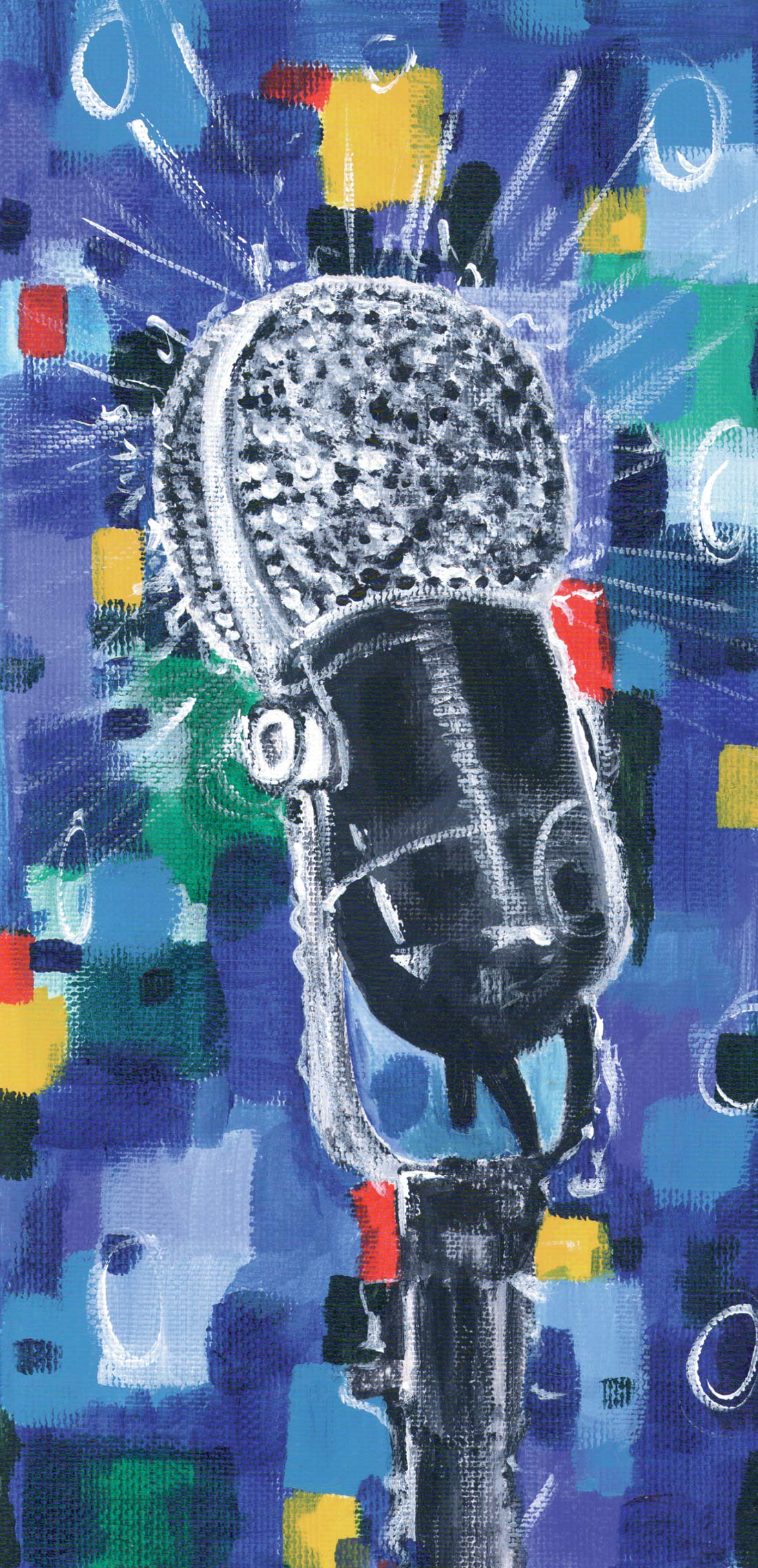This is eight Class A FET mic pres with custom input transformers in a double space rack. The power supply is pretty heavy duty and is external to the unit with a multi- pin cable connector. Each pre has switches for phase reversal, +48 v phantom power, -20 dB pad, and an 80 Hz high pass. The specs are pretty damn good: 10 Hz to 60 kHz +/- 0.5 dB frequency response, 120 dB dynamic range, +28 dBu headroom, and a noisefloor between -88 and -94 dBu depending on which outputs you use. Bottom line, these pres sound good. We've AB'ed 'em with other pricier mic pres and they more than hold their own. Sonically they fall in the "slight coloration" range, which is a good thing in my book. PreSonus also added a nice touch - a pot for each channel (named IDSS) that adjusts the harmonic distortion of the pre from between .0024% to .035% so you can slightly "dirty up" the signal a bit if you'd like. All these features alone would be a pretty good deal with the M-80's street price of $1800, which is about $225 per channel for 8 good mic pres. But, where this unit really stands out, and one of the main reasons I bought it, is because of the extra routing and patching facilities it has. Like a lot of studios today, I've collected a few pretty good mic pres and try to track primarily with those, rather than using the low/mid- priced monolithic console I have. But I often want to combine a few mics down to a track or a pair of tracks. The M-80 nicely solves this problem. Firstly, every pre is assignable to a mix bus and has a pan-pot, so the simple problem of combining two or more mics to one or two outputs is solved. Plus, there's also an aux input to the mix bus, so you can add another stereo pre to the mix. Lastly every channel has a true balanced send and return, and the return will work as a balanced line-in. Each channel also has a direct output (balanced XLR) and as a final I/O option, each input can accept either mic or instrument levels via a Neutrik combo connector. The versatility and routing options on this box are awesome! I recently used the M-80 for a tracking session in the following manner: Inputs 7 & 8 were from an X/Y pair for drum overheads. I inserted an outboard stereo EQ (balanced) into these two pres. I had a room mic on input 6. All three mics were routed in stereo to the mix bus output. But, my main drum overhead sound was from my UA 2-610 mic pre (sounds great! Look for a full review here soon) with a pair of PZMs. I routed the 2-610 to the aux bus input and used this as my main overhead sound and used the other three mics minimally to fill in the sound characteristics I wanted from them, with all five mics going to two tracks on my two inch 16-track. Finally, the band had a Kurzweil keyboard that went into the instrument inputs on channels 1 and 2. These channels were routed out of the direct outs straight to tape. I really can't say enough nice things about this M-80 as a high quality Swiss army knife of mic/pres and stripped down mix bus. I'm sure this will get a lot of use in my studio and I'm wondering how I got along without it. This isn't for everybody, but if you're serious about tracking with a high-end signal path, it might be for you. (www. presonus.com)
Mic Preamps | No. 116
PB-10 Beta Instrument Preamp
by Justin Pizzoferrato
This rackmount preamp from Hilbish Design is based on the circuitry of Sunn Beta Bass and Lead amps. When I ordered my PB-10 Beta, my original intent was to use it with bass and guitar. But once I had...




_disp_horizontal_bw.jpg)